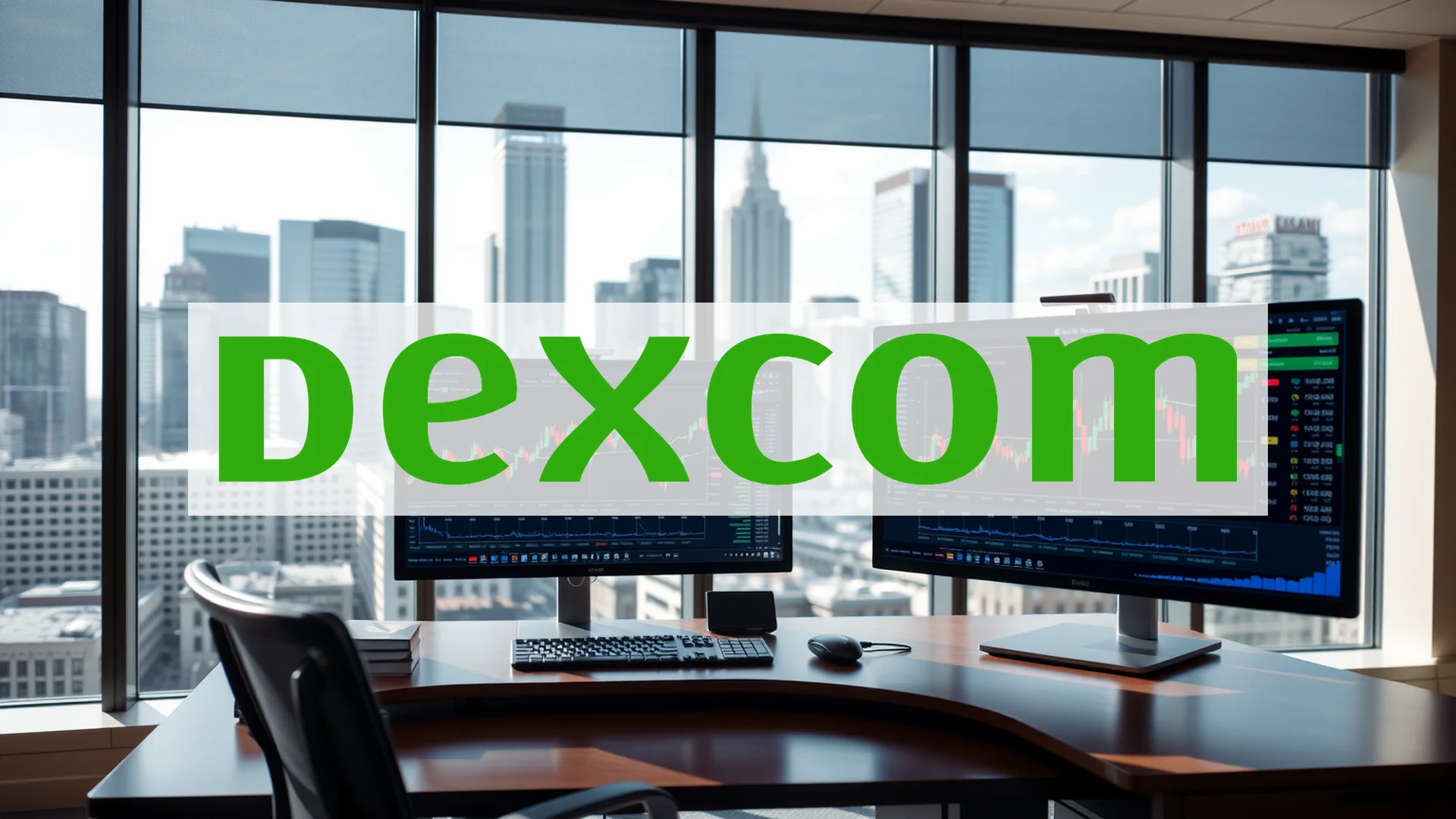While artificial intelligence continues to captivate investors worldwide, Innodata stands as a compelling case study of how stellar operational performance doesn’t always translate to stock market success. The AI specialist’s impressive growth metrics contrast sharply with its recent share price trajectory, creating a puzzling divergence that merits closer examination.
Market Performance Versus Operational Excellence
The investment community has witnessed a striking disconnect between Innodata’s financial results and its market valuation. Despite posting record third-quarter 2025 revenue of $62.6 million—representing a 20 percent year-over-year increase—the company’s shares have experienced significant pressure. Even more impressive operational metrics include adjusted EBITDA reaching $16.2 million with a 26 percent margin, while earnings per share of $0.24 substantially exceeded analyst expectations of $0.14.
Net income settled at $8.3 million, though this figure primarily reflects an unusually favorable tax circumstance in the previous year. The market’s response has been decidedly negative, with shares declining 28 percent over a single month and now trading more than 40 percent below October’s peak levels.
Strategic Government Contracts Signal New Direction
A potentially transformative development emerges from Innodata’s strategic pivot toward government contracting. The establishment of “Innodata Federal” as a dedicated division for U.S. government work has already yielded significant results. An initial project award is projected to generate approximately $25 million in revenue, with the majority expected in 2026.
The company has further signaled its serious intentions in the defense and intelligence sectors by appointing a retired four-star general to its board of directors. This move demonstrates Innodata’s commitment to establishing credibility and securing substantial contracts within these specialized markets.
Should investors sell immediately? Or is it worth buying Innodata?
Growth Trajectory and Market Skepticism
Innodata has reaffirmed its organic revenue growth projection exceeding 45 percent for 2025. However, the company’s most substantial growth acceleration appears slated for 2026, with pre-training data contracts alone anticipated to reach $68 million in value.
Current client relationships show promising expansion trends, with six of eight existing Big Tech customers planning significant increases in their engagements. This foundation is further strengthened by five new partnerships with global corporations, suggesting robust future demand for Innodata’s services.
Despite these optimistic indicators, market sentiment remains cautious. The stock has recorded only nine positive trading sessions out of the last thirty, while recent insider transactions saw shares worth $12.3 million being sold. Valuation metrics also raise questions, with the company’s price-to-earnings ratio of 51.36 standing substantially above the industry average of 16.81.
Analytical Perspective Versus Market Reality
Financial analysts maintain generally favorable assessments of Innodata’s prospects. The consensus recommendation remains a “buy,” with an average price target of $80 per share. Some firms, including Wedbush, project even greater potential, identifying $90 as a realistic valuation.
This creates a fundamental tension in evaluating the company’s investment potential. The divergence between optimistic analyst projections and skeptical market behavior presents investors with a classic dilemma: whether to trust the fundamental analysis of financial experts or the collective wisdom of the marketplace. The resolution of this conflict will likely determine Innodata’s stock performance in the coming quarters.
Ad
Innodata Stock: Buy or Sell?! New Innodata Analysis from November 20 delivers the answer:
The latest Innodata figures speak for themselves: Urgent action needed for Innodata investors. Is it worth buying or should you sell? Find out what to do now in the current free analysis from November 20.
Innodata: Buy or sell? Read more here...










